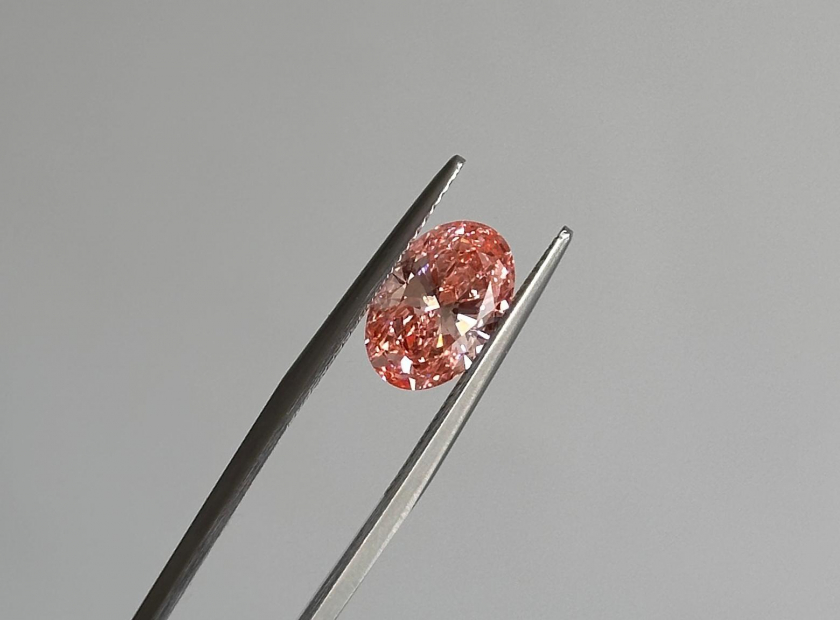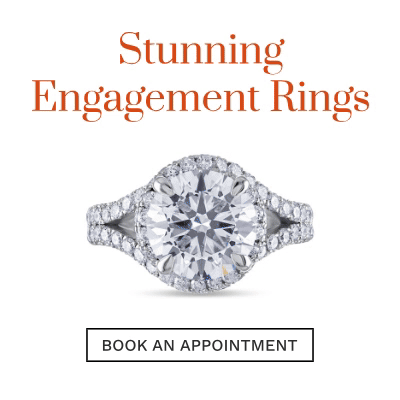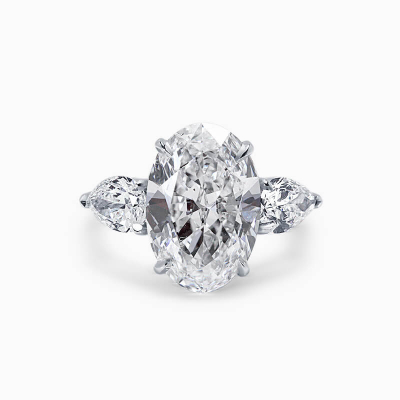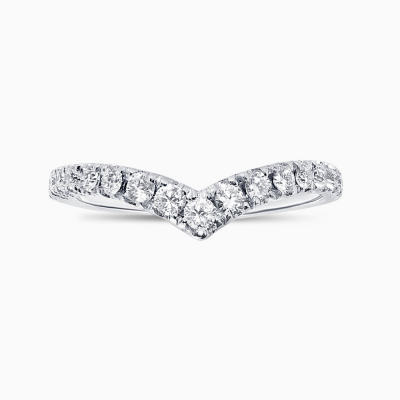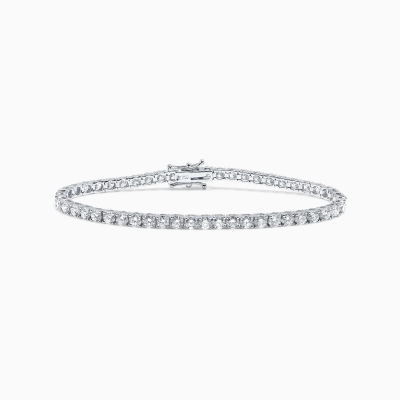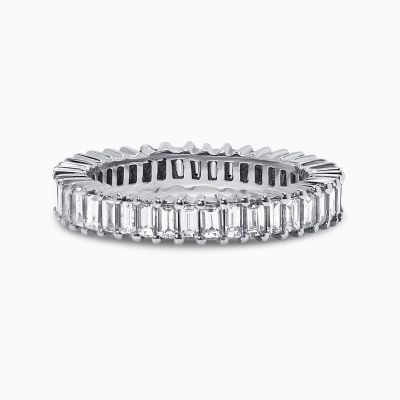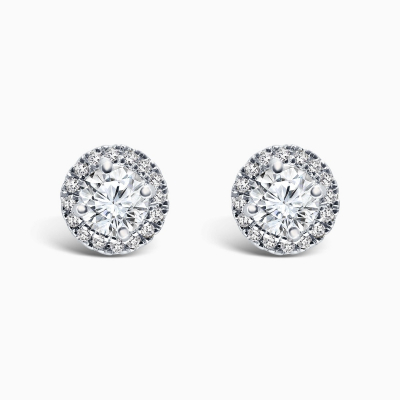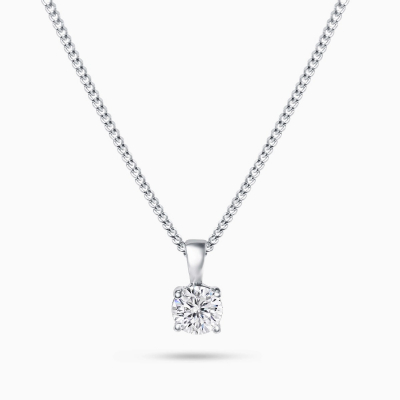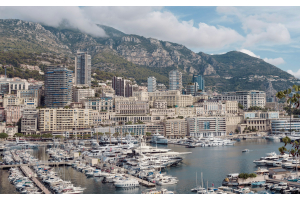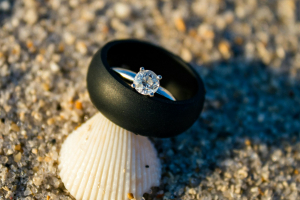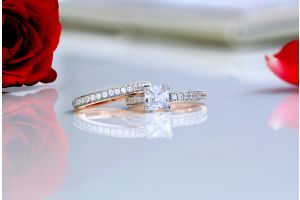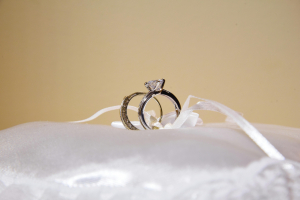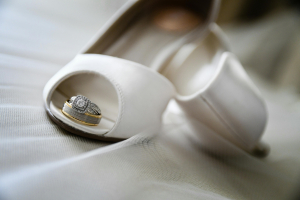GBP
/
GBP
/
Shipping to:
Currency:
The Beauty Of Pink Diamonds
Whilst red diamonds are acknowledged as ‘the’ rarest of all the natural fancy coloured diamonds, pink diamonds are considered by experts to also be one of the rarest natural diamonds on earth (along with purple, green, blue, violet and pure oranges). Due to this rarity it is estimated by experts that pink diamonds can cost at least 20 times the price of its colourless (white) equivalent and they are highly sought after by diamond collectors and connoisseurs worldwide for their personal collections and bespoke items of jewellery. So what is it about pink diamonds that makes them so impressive? Let’s take a closer look:
Where in the world are pink diamonds found?
Pink diamonds have been found in diamonds mines within Africa and India but the Argyle Diamond Mine owned by the Rio Tinto company and located in the East Kimberley region in the remote north of Western Australia, is the world’s only consistent source of pink diamonds. This mine accounts for more than 90-95% of the world’s supply of pink diamonds and also yields the highly rare red diamonds, blue, brown, cognac and champagne fancy coloured diamonds. Despite only opening in 1985, due to the low yield of gem-quality stones, the Argyle Diamond Mine is expected to close by 2020 which further adds to the scarcity and rarity value of pink diamonds Argyle have estimated that “for every million carats of rough pink diamonds produced from the mine, only one polished carat is offered for sale by annual tender.” To put that in perspective, for every 200kg of rough pink diamond that is mined at Argyle, only 0.2g is offered for sale each year as part of the exclusive Argyle Pink Diamonds Tender.
How are pink diamonds formed?
Considering the rarity of pink diamonds geographically, the obvious question has to be whether the formation of pink diamonds has a direct relation to factors that are peculiar to the Kimberley region where the Argyle diamond mine is located? Like white diamonds, pink diamonds are formed only of carbon within the kimberlite pipes of volcanoes. Pieces of carbon are transformed by extreme heat and pressure into the glass like diamond. In contrast to other natural fancy coloured diamonds which obtain their colouring from traces of chemical impurities e.g. a blue diamond from traces of boron in the soil being incorporated into the diamond as it forms, and yellow diamonds are formed due to trace levels of nitrogen, experts have been unable to identify any chemical impurities in pink diamonds. Many leading scientists believe that that the pink colour may be a result of historic seismic activity causing the defects which refract pink light. Given that the seismic activity varies wildly from area to area, this could explain why Kimberley and the Argyle mine is the world’s only significant source of these pink diamonds.
Explore Our Collections
Famous Pink Diamonds
Perhaps the most well-known pink diamond is ‘The Pink Star’, formerly known as the Steinmetz pink diamond, which in April 2017 became the world's most expensive gemstone, selling at auction at Sotheby's in Hong Kong for $71.2 million (£57.3 million) including buyer's premium. This magnificent gemstone is a huge 59.60 carat and is the largest Internally Flawless, Fancy Vivid pink diamond ever graded by the GIA. It is rated as Internally Flawless as it has no internal inclusions, and is a Type IIa stone, the coveted classification given to less than two per cent of all gem-quality diamonds, which signifies chemical purity. The Pink Star was cut from a 132.5-carat rough diamond mined by De Beers in Africa in 1999. It took two years of meticulous cutting and polishing to hone it into its current oval shape. Before the Pink Star sold, the record price for a pink diamond at auction was $46.2 million, achieved by the 24.78-carat Graff Pink, which sold at Sotheby's Geneva in 2010. The Pink Star is more than twice as big as the Graff Pink, and its colour rating, Fancy Vivid, is the highest possible grade on the scale used to assess coloured diamonds, and therefore considered the most valuable. The Graff Pink diamond falls in the top 1 to 2% of diamonds in terms of purity, according to the GIA. Its colour is exceptional and it features an emerald cut. This stone was previously owned by Harry Winston, a world renowned York jeweller who has possessed a number of famous diamonds. He kept it in his private collection for more than 60 years, when it was auctioned in 2010 in Geneva and purchased by Laurence Graff, a legendary diamond collector known as the “King of Bling.” He paid $46.2 million, which, at the time, was the most expensive diamond in the world. When Graff decided to buy this diamond he had planned to make it even more valuable than it was. Using cutting-edge technology, experts were able to eliminate potential defects considered as flaws, such as blemishes. Graff also planned to intensify the colour of the diamond, which can be achieved through cut. Equally famous is the Darya-ye Noor, or “Sea of Light”, a 182 carat diamond which is pale pink in colour and weighs an impressive 186 carats. It is said to originate from the Golconda mines in India.
It was originally part of the crown jewels and was worn by many kings as part of their ceremonial dress until 1739 when the Persian army retrieved it and returned it back to Iran where research teams believe that the diamond was part of an even larger diamond that was divided into two pieces. Now featured as part of the Iranian Crown Jewels, the Darya-ye Noor is currently showcased at the Central Bank of Iran, in Tehran. The Noor-ul-Ain pink diamond has also graced royal families. It is an absolutely stunning 60-carat oval brilliant-cut pink diamond which was given to Empress Farah Diba in the form of a tiara when she married Mohammad Reza Shah Pahlavi, the last shah of Iran. The centrepiece of the tiara is the famous pink diamond, surrounded by hundreds of coloured diamonds. Other famous pink diamonds include The Martian Pink diamond which is a very rare 12.04 carat stone that was named in 1976 by US jeweller Harry Winston to commemorate the year that the Americans sent a satellite to Mars and was auctioned in Hong Kong for $17.4m (£11.1m). The Rose of Dubai a pear-shaped Fancy Coloured Loose Pink Diamond weighing an impressive 25.02 carats, and the Princie Diamond which is a cushion cut fancy intense pink diamond boasting VS2 clarity which weighs 34.65 carat.
Are pink diamonds a good investment?
The answer to this question has to be a definitive yes. Although pink diamonds are among the most valuable jewels today, 20 years ago they were little more than a geological curiosity. Sales have been driven by savvy marketing and a growing appreciation of their uniqueness. As the main source of pink diamonds the Argyle mine estimates that there are less than 500 tender quality diamonds yet to be unearthed in their mines, each day these extremely limited edition stones are becoming rarer still. It is for this reason that those that weigh less than one carat can often command staggeringly high prices at auction reaching anywhere between $100,000 per carat to over $1,000,000 per carat, depending on the colour intensity, cut, clarity, and other given factors.


